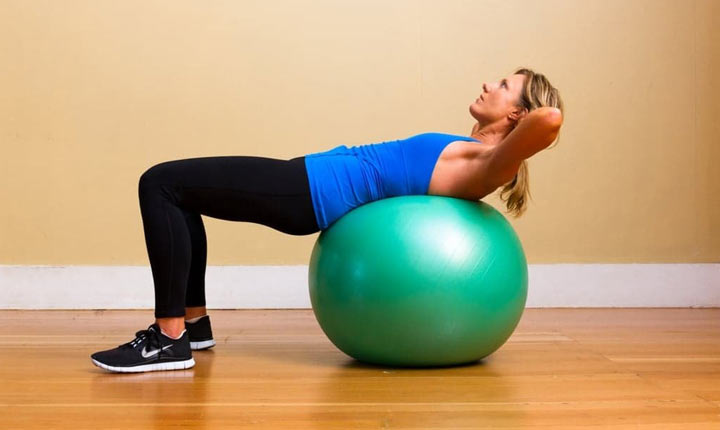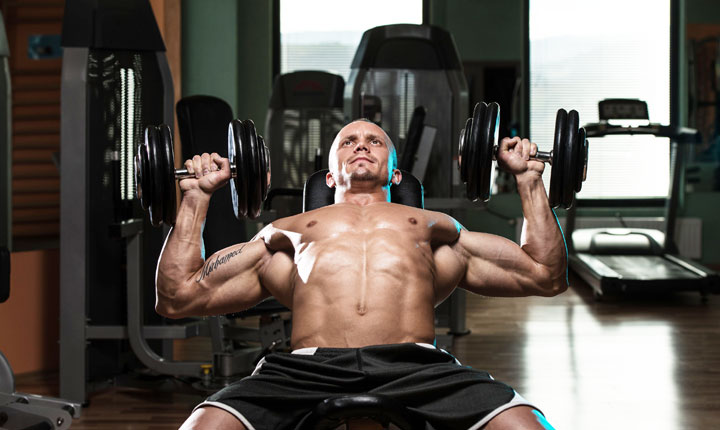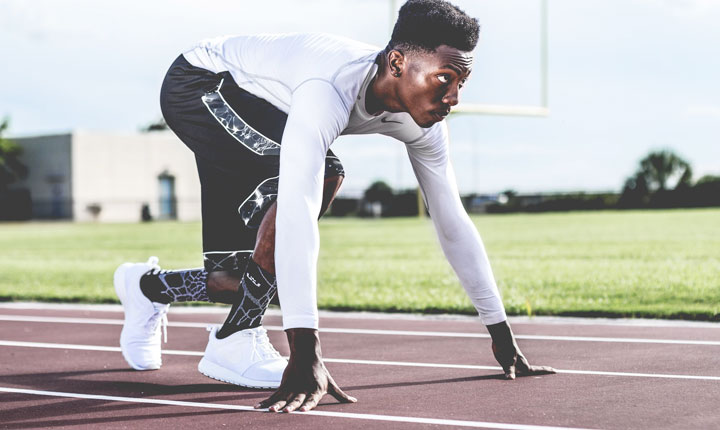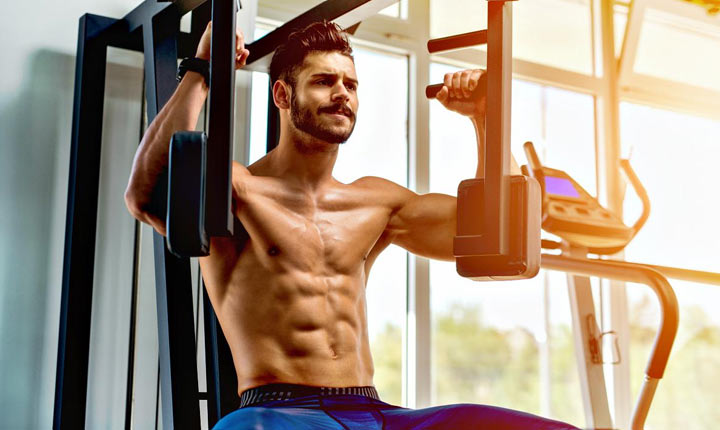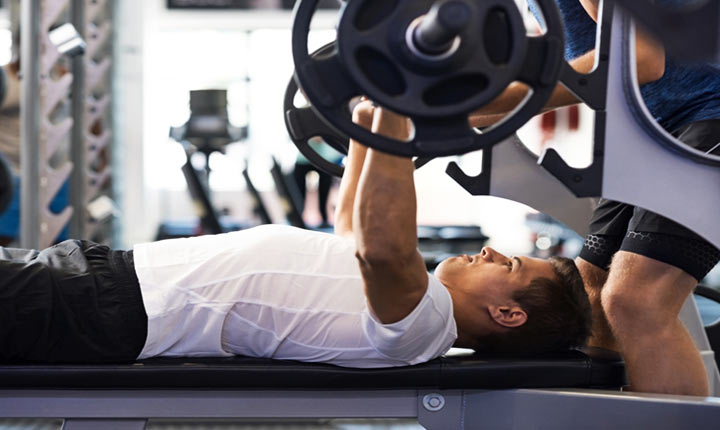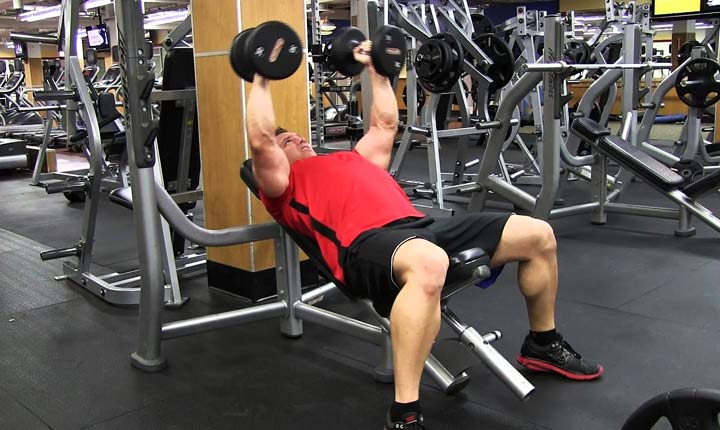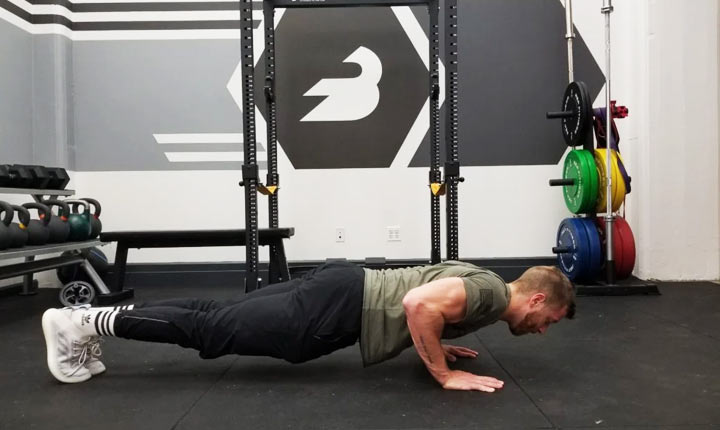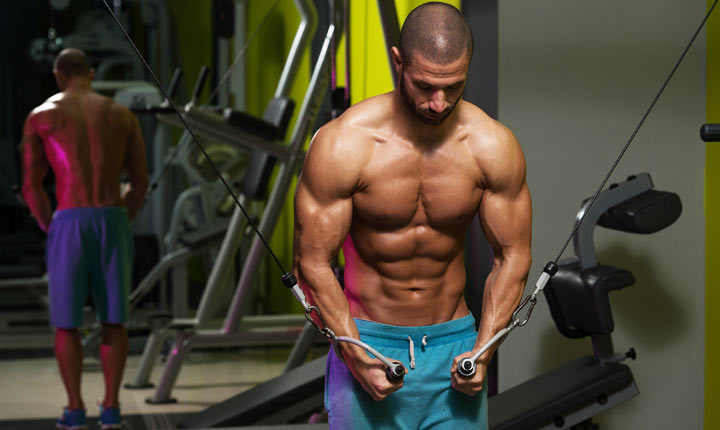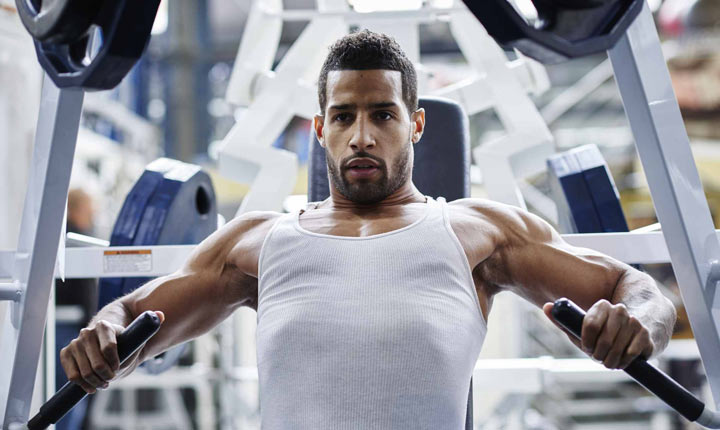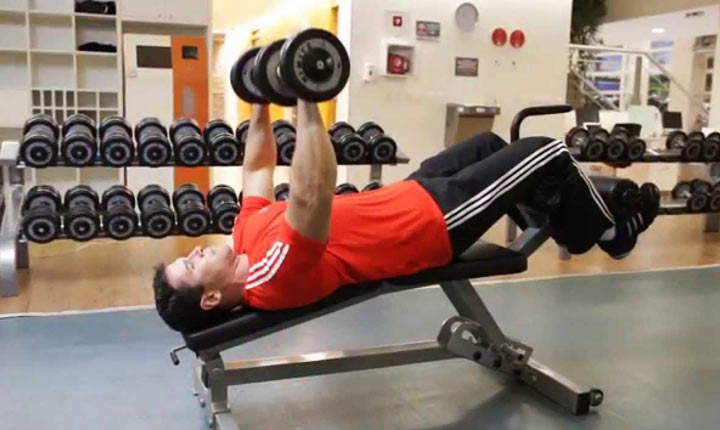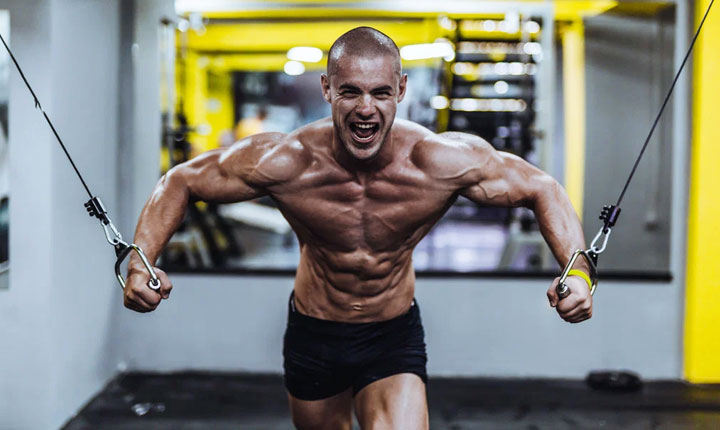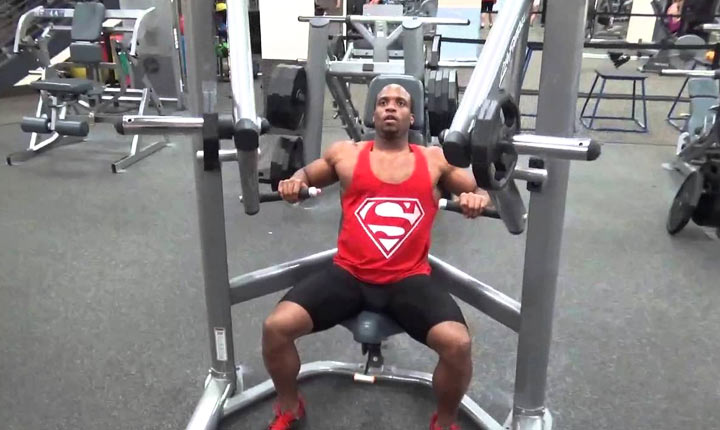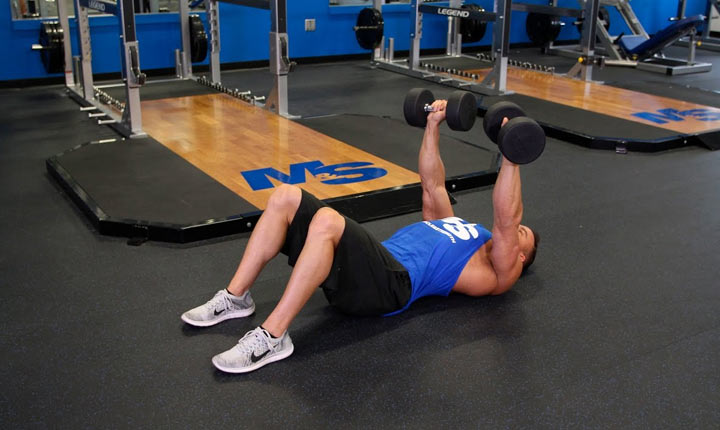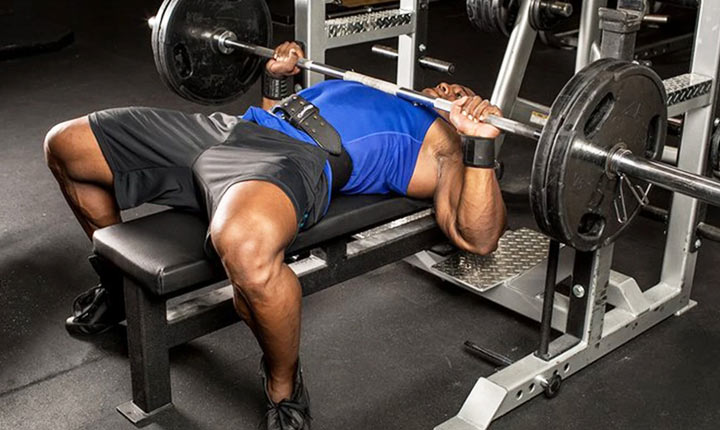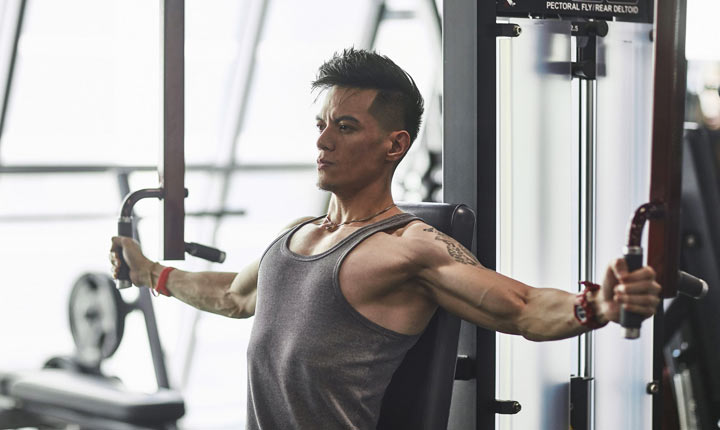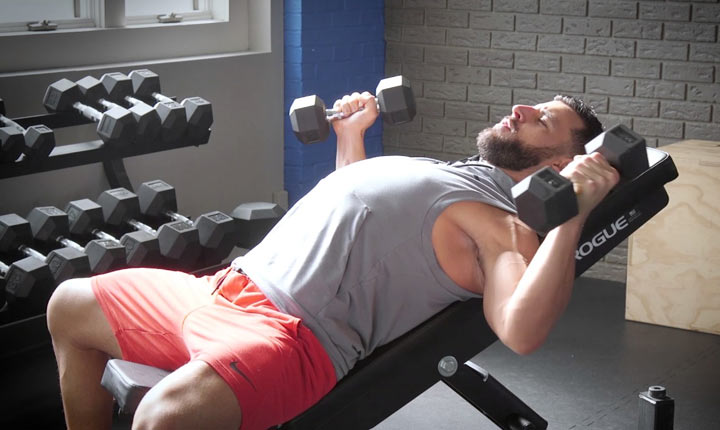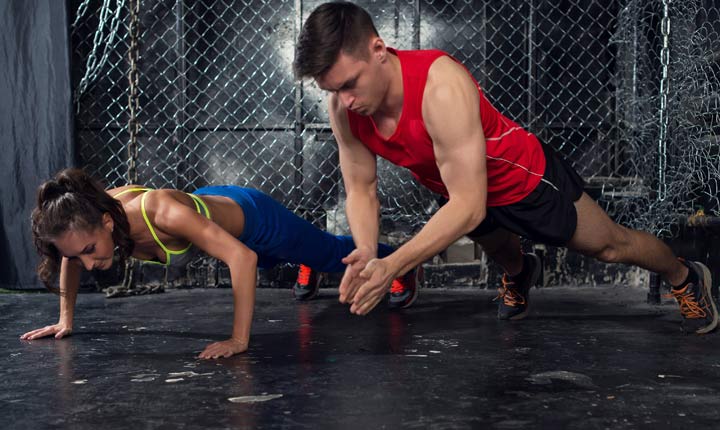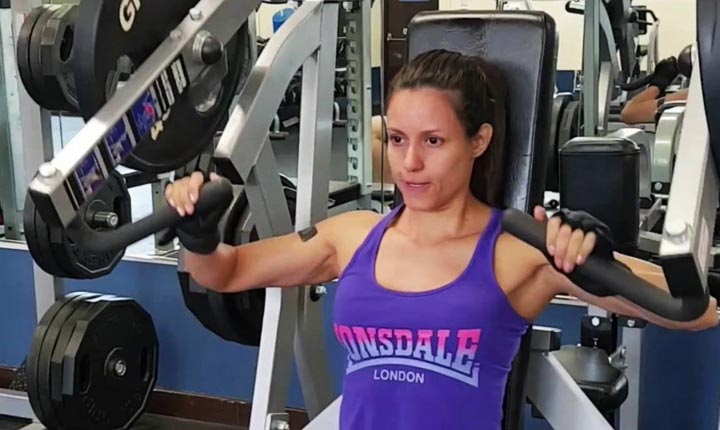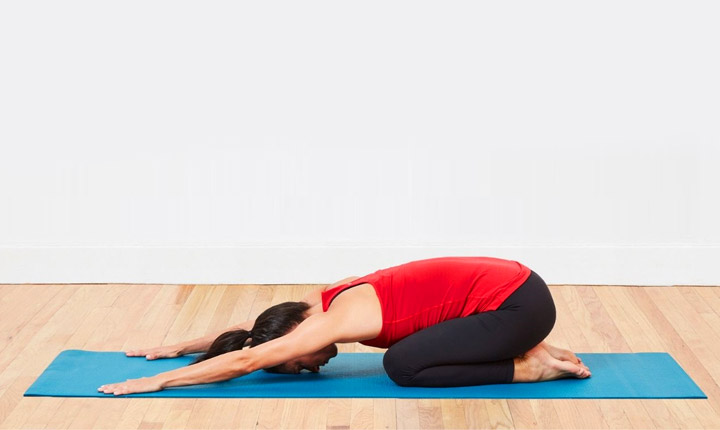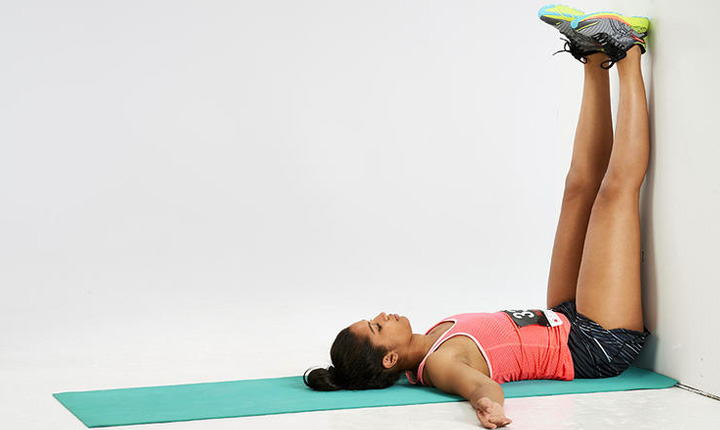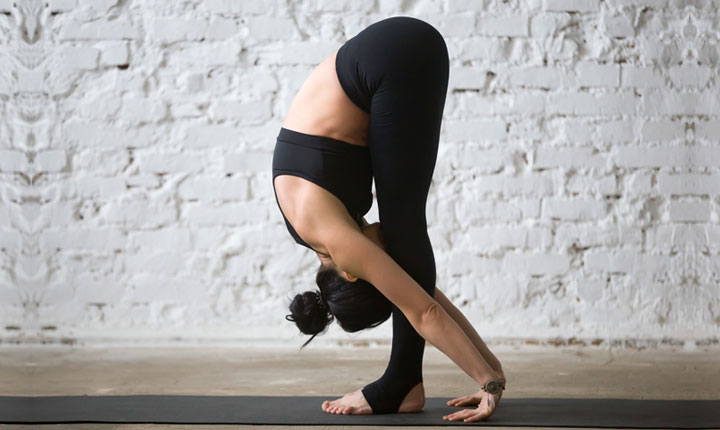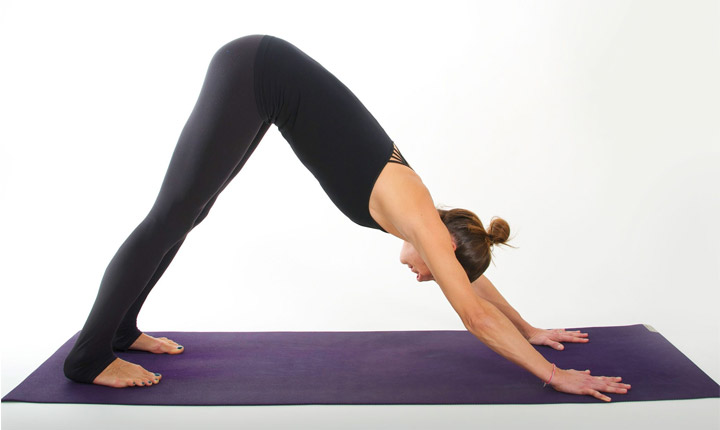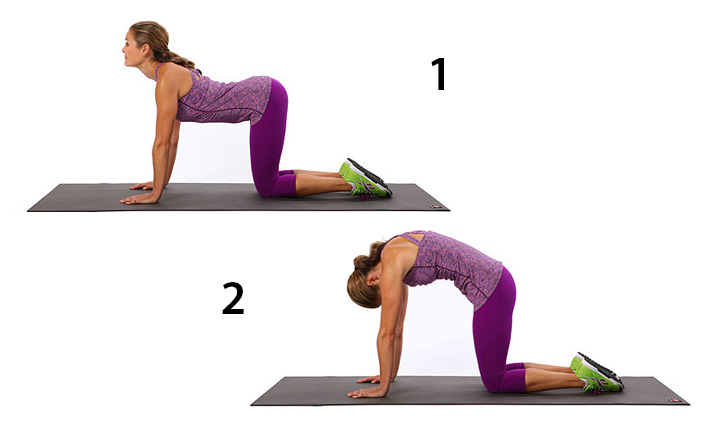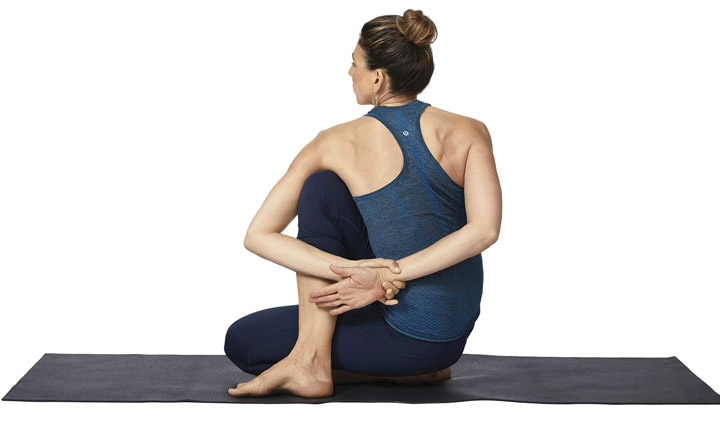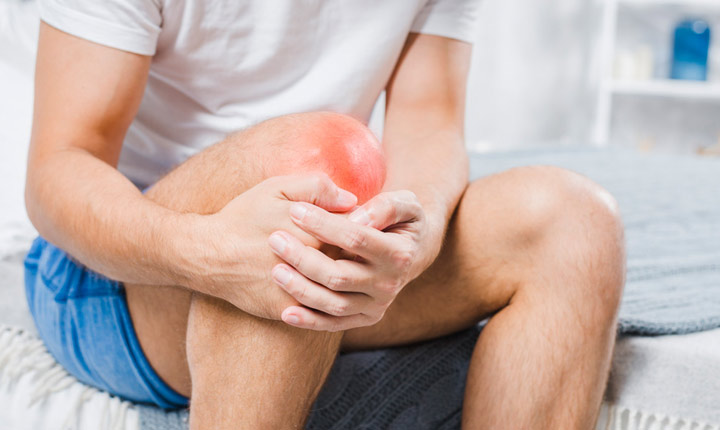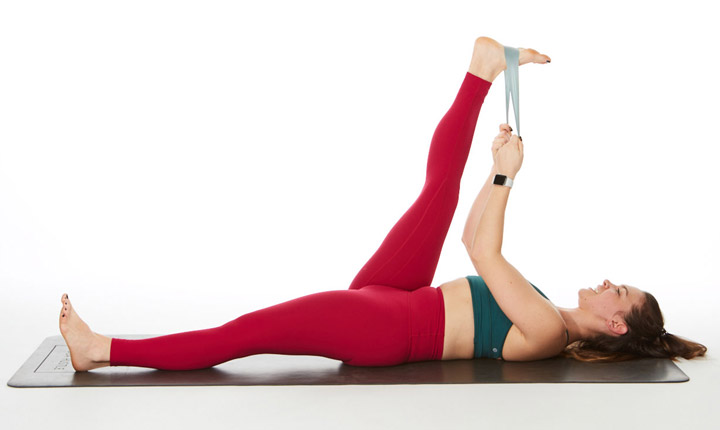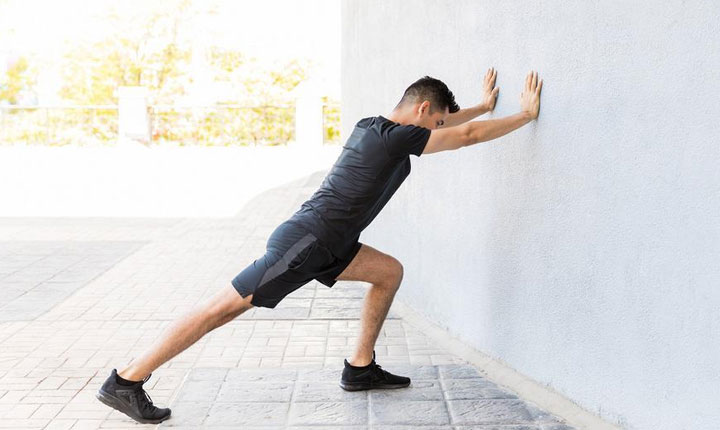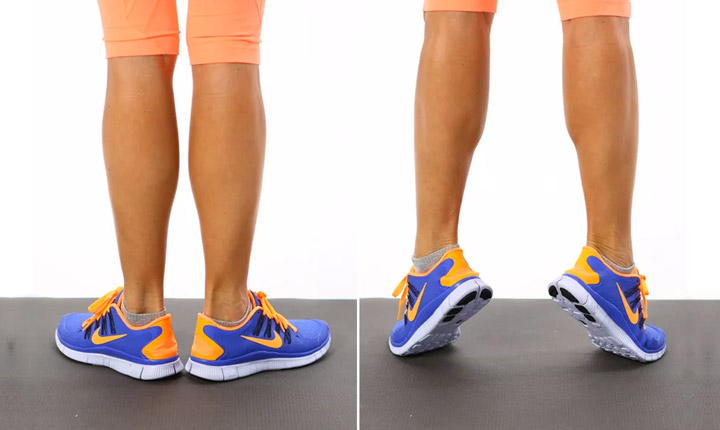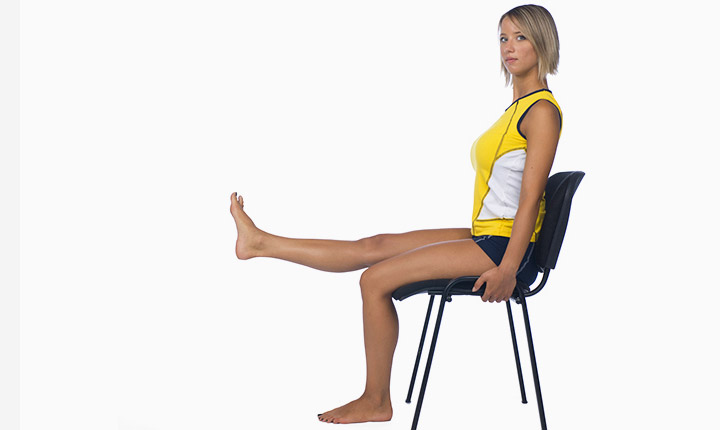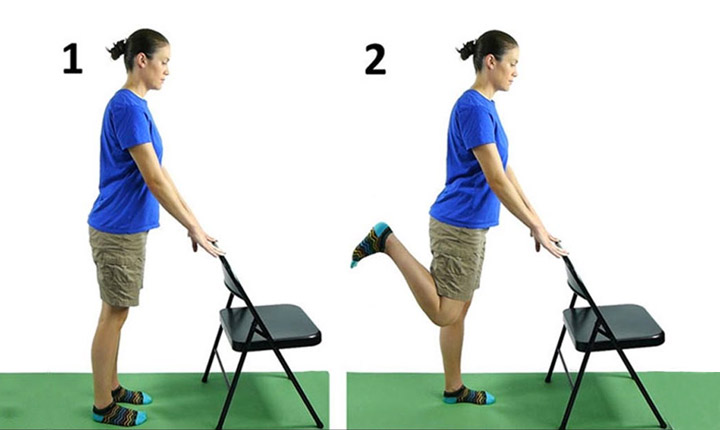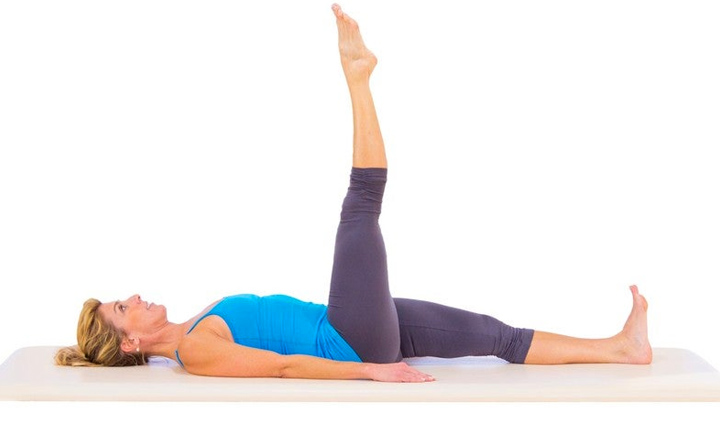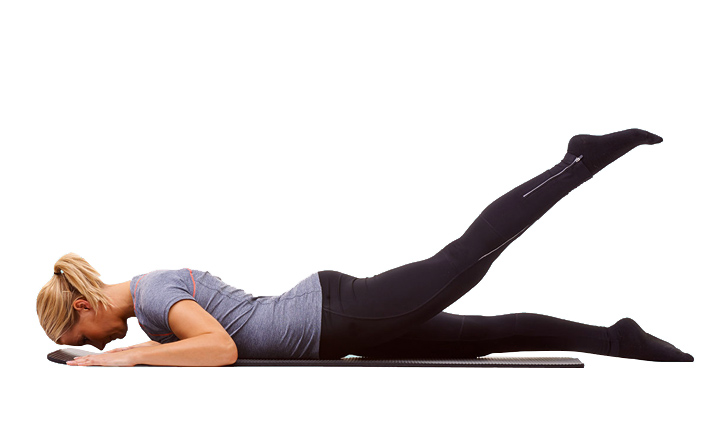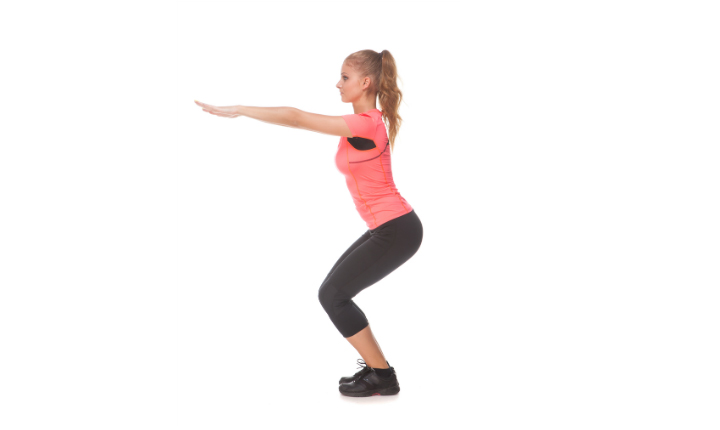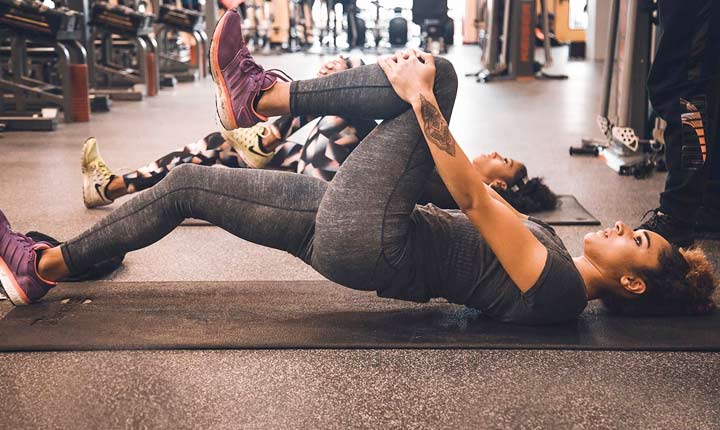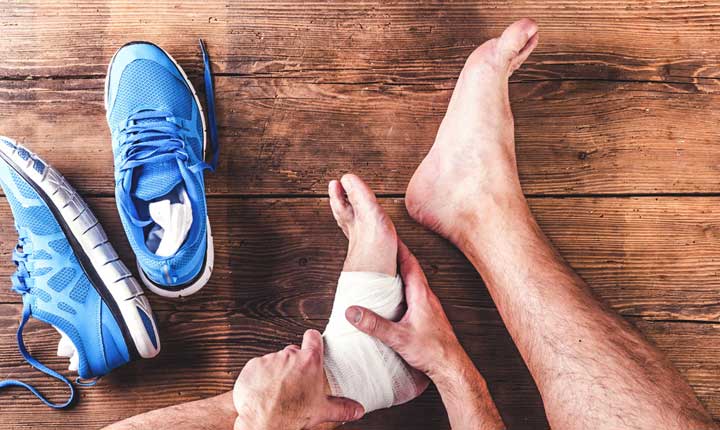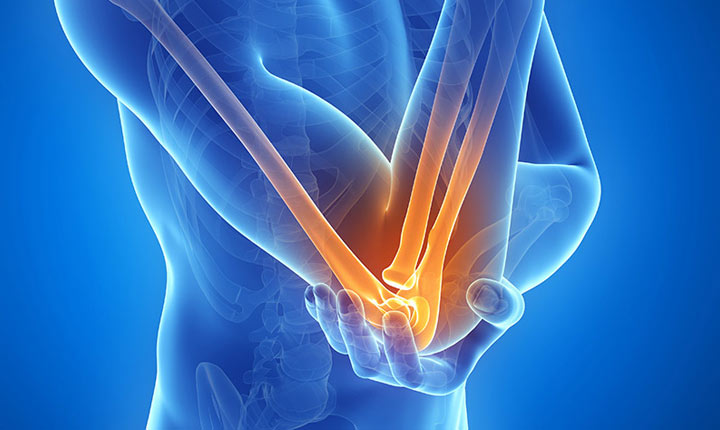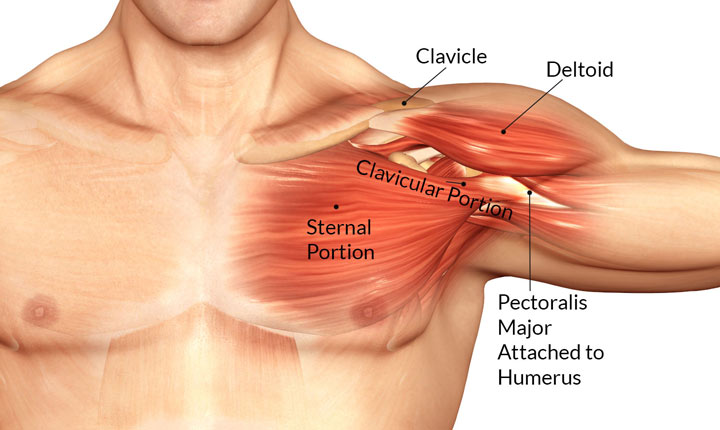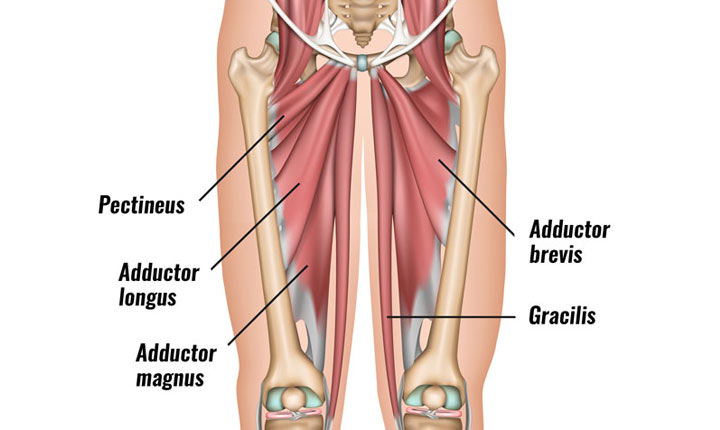Flat tummy and tight abs undoubtedly look amazing. But this is not the only reason why a large share of women performs core workouts daily. Strengthening core muscles and improving your balance, stability, and flexibility can also be some good reasons why you should add the best core exercises to your fitness routine. When it comes to choosing the best core strengthening exercises for women, individuals often become confused and end up selecting the wrong ones.
One of the best ways to avoid such mistakes is to consult fitness experts who are certified. Also, this article will guide you to make the correct choice and to follow the right steps of some of the most effective core exercises for women. Please keep on reading now and check out the steps.
Core Exercises for the Beginners
If you are a beginner, you should start with the easy ones. You can move to the next level once you start finding the following moves easy. Now let’s dig deeper.
1. Bird Dog
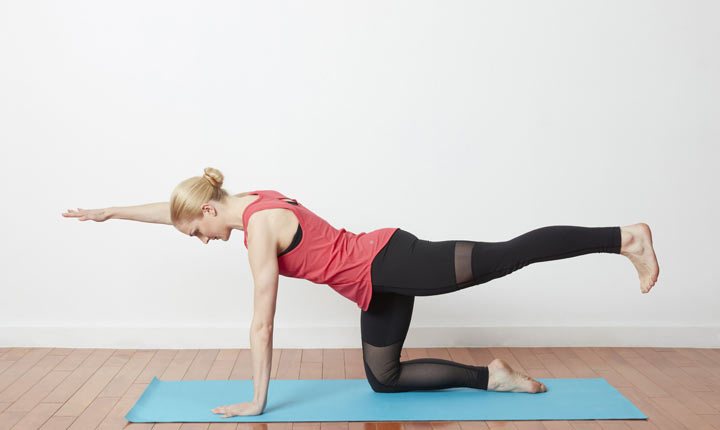
The Bird Dog, an effective bodyweight floor exercise can strengthen your core, specifically your lower back, the abdominal muscles, thighs, and butt in the best possible ways. You do not need any equipment while performing this workout.
Steps to Follow
- Kneel and keep your knees hip-width apart
- Keep your hands on the ground and place them about shoulder-width apart
- Tighten your abdominals. Lift your left leg and right arm off the ground and extend them. Position them such a way so that they remain parallel with the floor
- Hold this pose and release after 5 seconds
- Switch your legs and arms and again hold that pose for 5 seconds
Sets and Reps
3 sets of 5 reps for every side
Benefits
- Strengthen core and back muscles
- Improve the stability of your spine
- Improve your mobility and flexibility
2. Side Plank
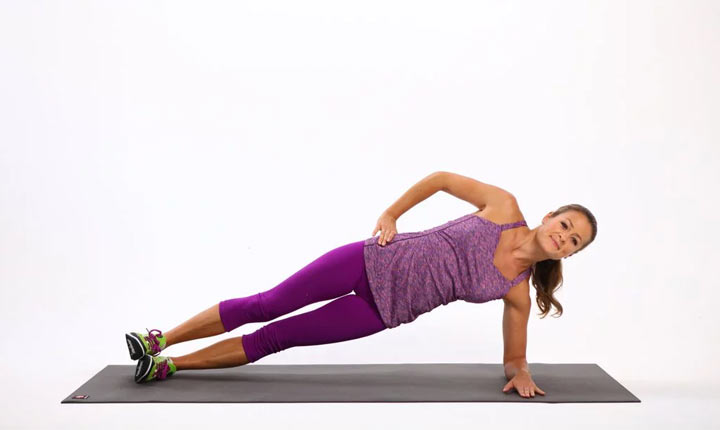
When it comes to strengthening the oblique abdominal muscles, most fitness experts usually count on Side Plank first. It involves the following steps.
Steps to Follow
- Lie on your right side and extend your legs
- Keep your right elbow on the floor and make sure that your head is in the same line with your spine
- Lift your hips off the ground and raise your left hand. Position it such a way so that there is a 90-degree angle between the floor and your left arm
- Hold this position for a few seconds
- Change your side or switch your hands
- Hold that pose for 20 seconds and repeat it
Sets and Reps
3 sets
Benefits
- Build your balance and coordination
- Develop your core strength
3. Mountain Climbers
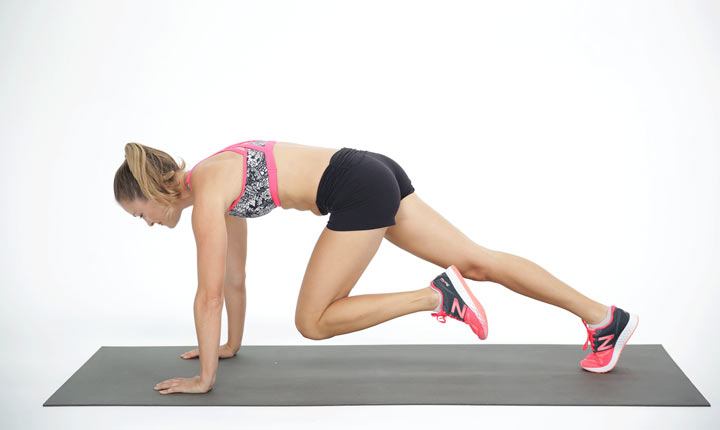
Mountain Climbers are the best option for you if you want to develop core strength and build cardio endurance. Performing Mountain Climbers means getting full body workout benefits from a single exercise.
Steps to Follow
- Get into a Plank position (Standard Plank). Now, position yourself in such a way so that your body weight is evenly distributed between your toes and hands
- Pull your right knee towards your chest
- Switch your legs and
- Repeat it
Sets and Reps
3 sets of 12 reps
Benefits
- Build your cardio endurance
- Strengthen your core muscles
Advanced Level Core Workouts for Women
So, you have started finding the beginner’s moves pretty much simple. Now it’s time for you to move to the next level. Below are some core exercise moves, best suited for advanced levels. Let’s check out these steps now.
4. Dead Bug
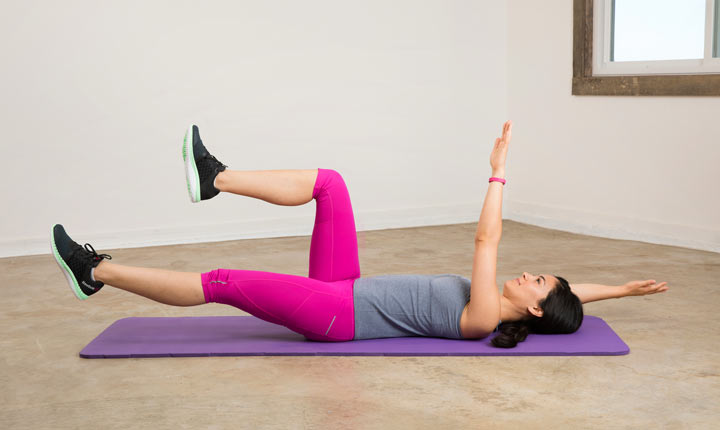
The Dead Bug move is one of the best picks among core workouts for women. It will help you build a stable foundation that protects your spine and allows you to perform athletic movements with greater ease.
Steps to Follow
- Lie on your back while keeping your arms extended over your chest
- Bend your knees and maintain a 90-degree angle
- Brace your core
- Extend your left arm until it touches the floor
- Extend your right leg slowly and stop before it touches the ground
- Hold this pose and switch your legs and arms
- Repeat it
Sets and Reps
10 reps
Benefits
- Strengthen your core, back muscle and spine
- Improve your posture
- Prevent and relieve your back pain
In case, you find any of these steps difficult, you may seek help from certified trainers in a reputed gym. If you stay in Kolkata, you may pay a visit to Starmark Fitness Studio, a well-equipped Gym in Kolkata. They have a great team of certified and experienced trainers who can help you during your journey towards getting tight and toned abs.
5. Single-Arm Press
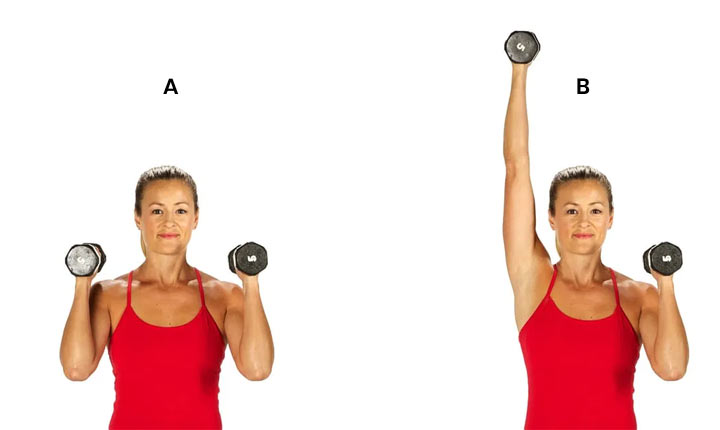
Your list of advanced core strengthening exercises for women will remain incomplete unless you add this one. To perform Single-Arm Press, you need a dumbbell.
Steps to Follow
- Stand while keeping your hip-width apart
- Hold a dumbbell in your right hand
- Extend your left arm and position it in such a way so that there remains a 45-degree angle between your left arm and your body
- Tighten your core and raise your dumbbell overhead
- Switch your arm and repeat it
Sets and Reps
10 reps for every side
Benefits
- Enhance muscle activation
- Increase your shoulder stability
- Improve your core and heap stability
6. Glute Bridge March
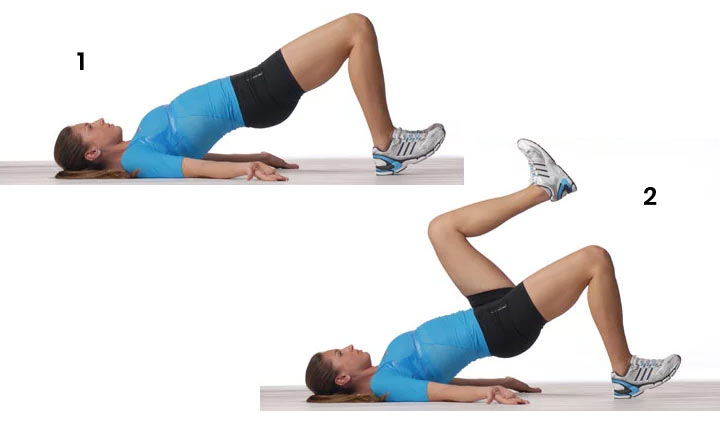
The Glute Bridge March is considered one of the best core workouts for women. To learn its steps, please dive into the following section now.
Steps to Follow
- Lie flat on the floor and bend your knees
- Keep your feet flat
- Extend both your hands and maintain a 90-degree angle
- Lift your hips off the floor and keep your body in a straight line
- Lift your right knee and position it such a way so that you can maintain a 90-degree angle
- Hold this pose for a moment
- Do the same with your left leg and hold that position for a few seconds
- Repeat it
Sets and Reps
12 reps
Benefits
- Work your core muscles and lower back abs
- Relieve back pain, knee pain and hip pain
Like men, women should also perform core strengthening exercises daily if they want to improve their posture. While doing the exercises, make sure you follow the right steps and also it is necessary to obey all the instructions of your trainer. When you do so, you will get the best health benefits out of these workouts.


